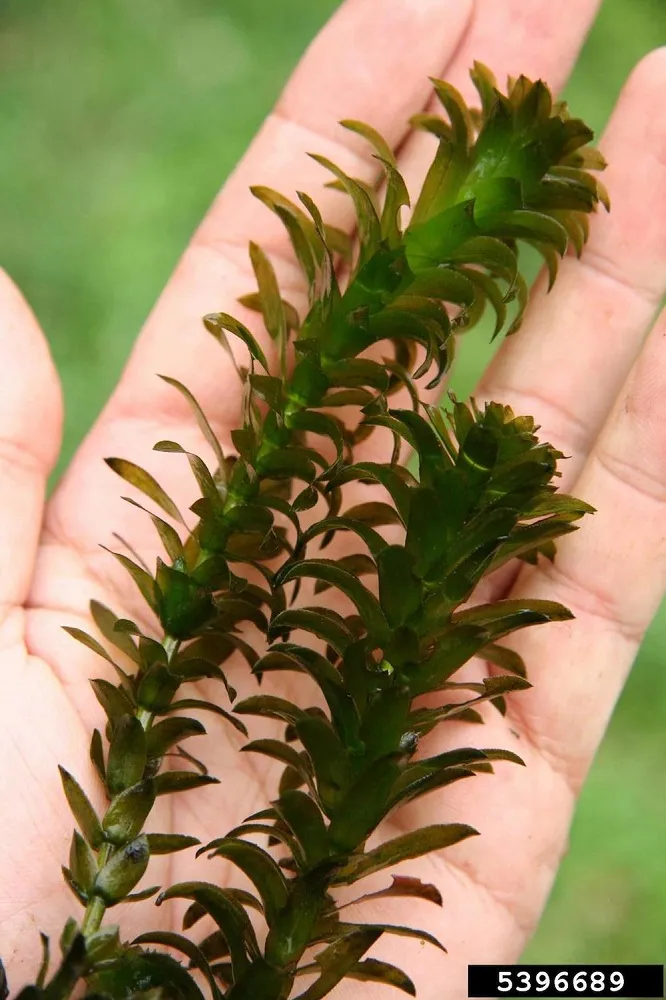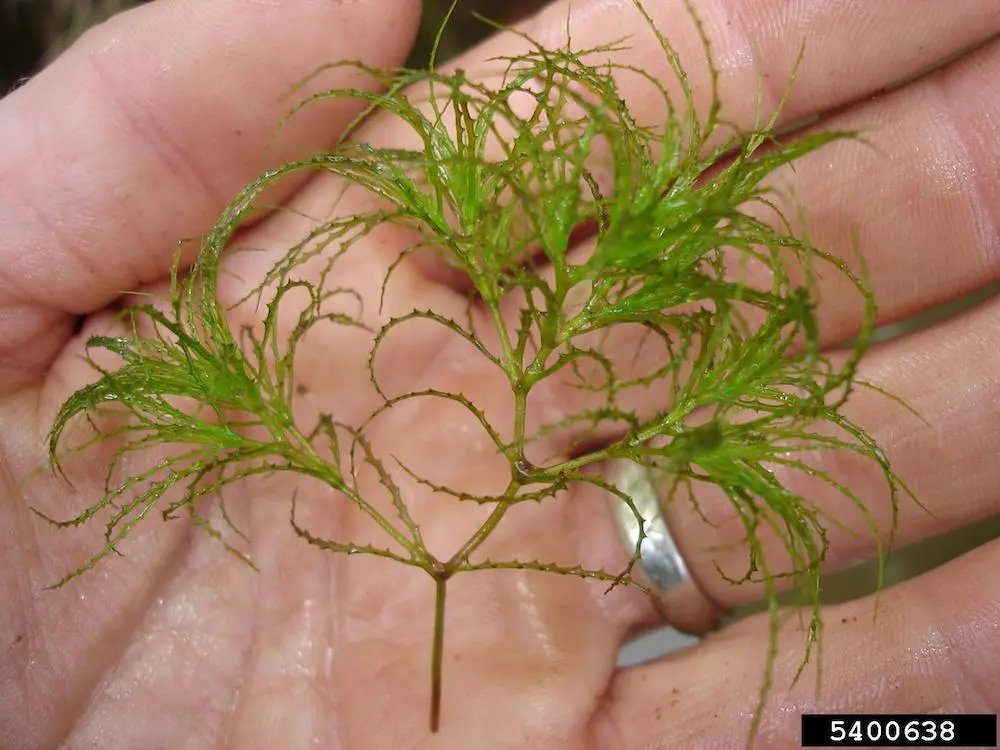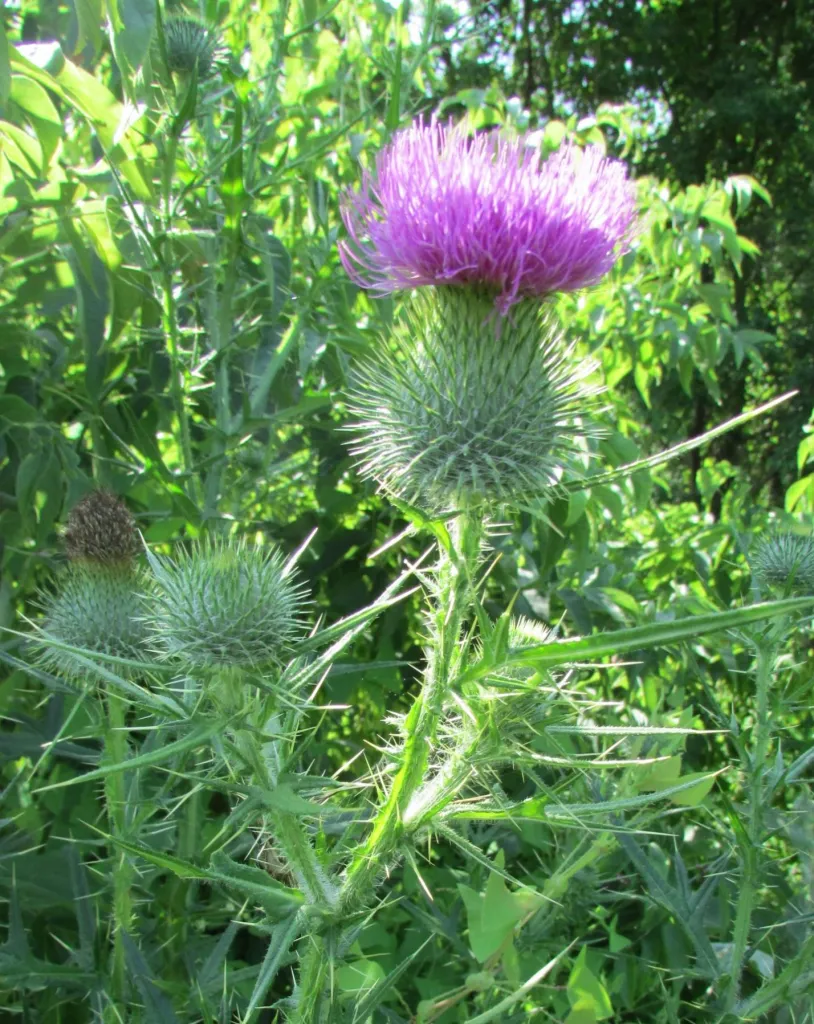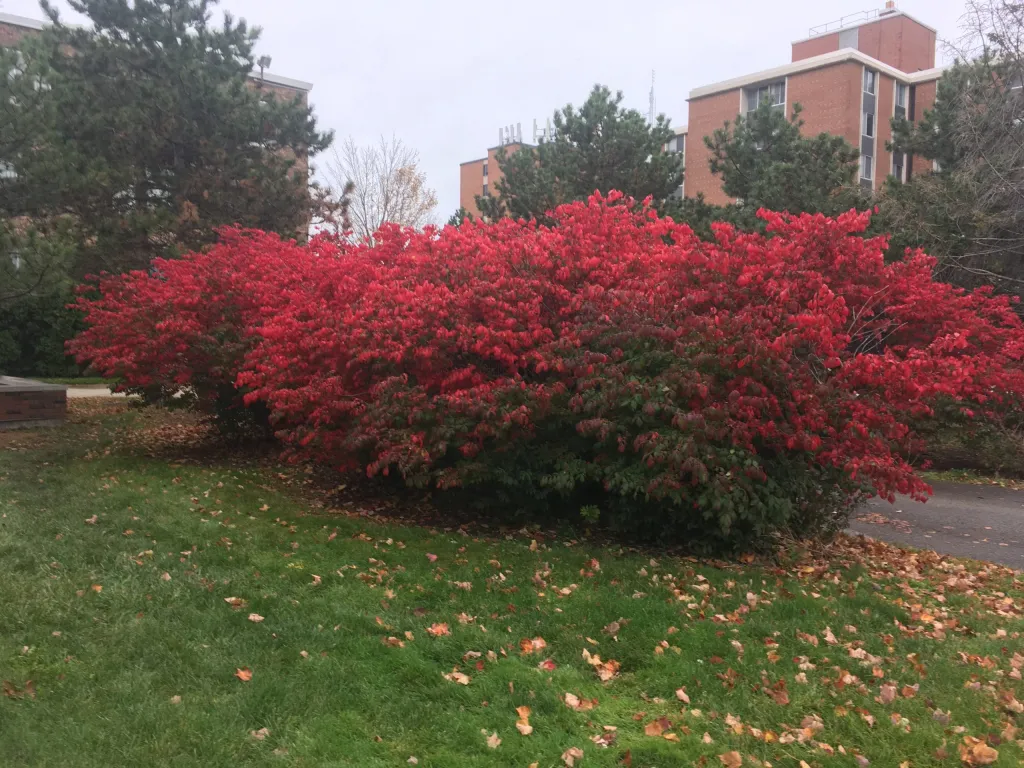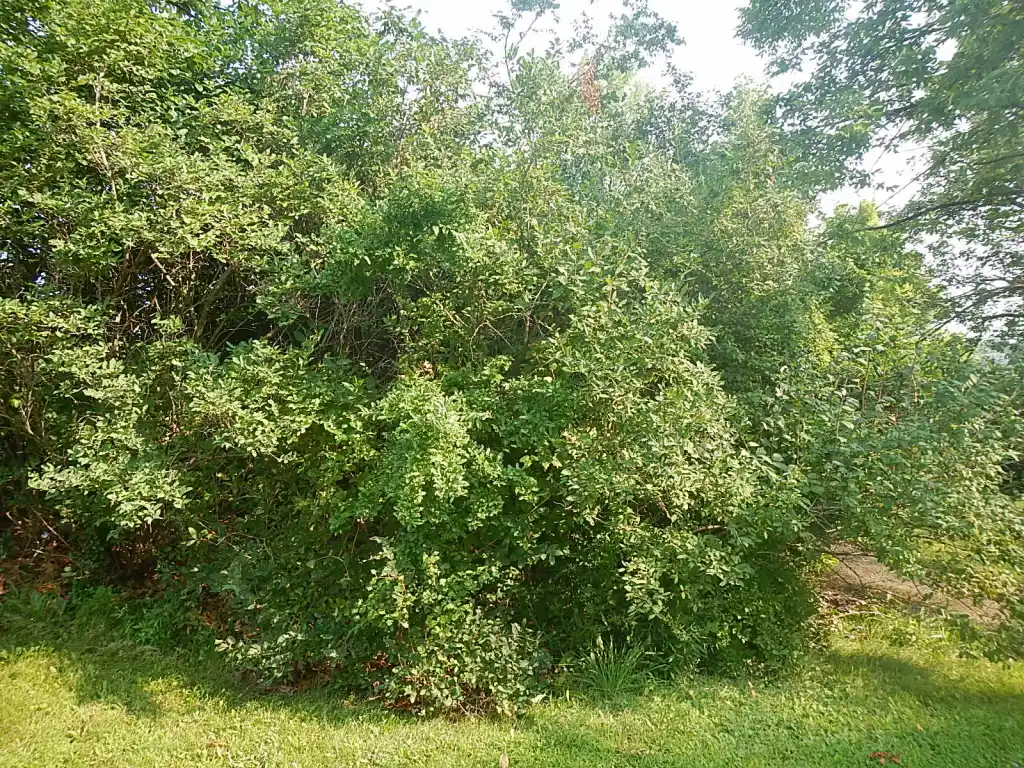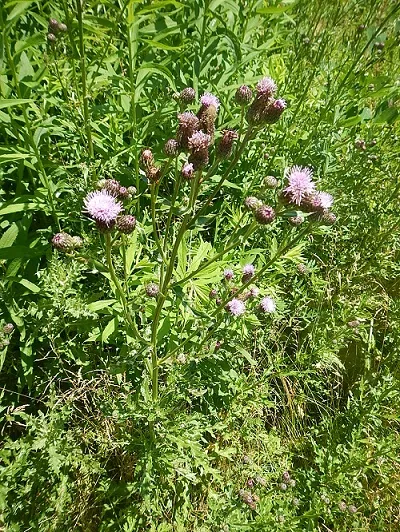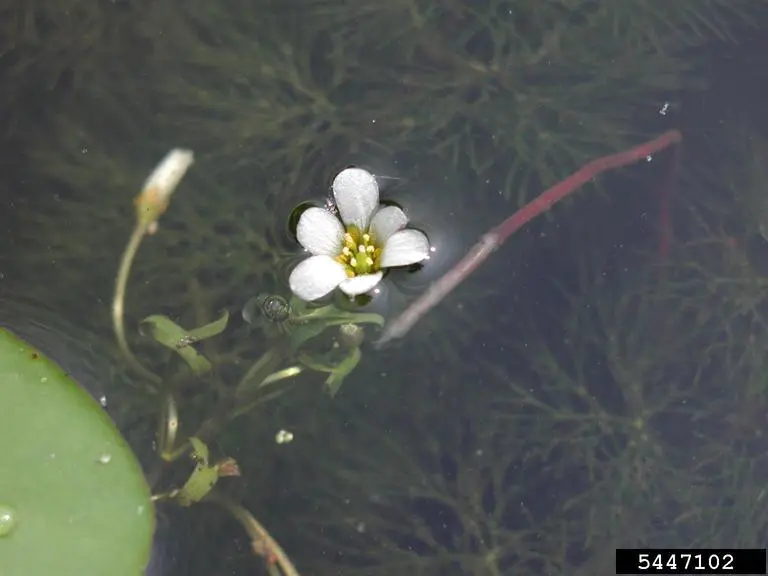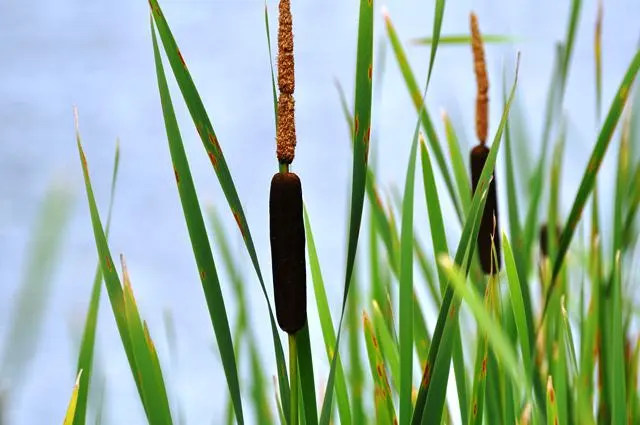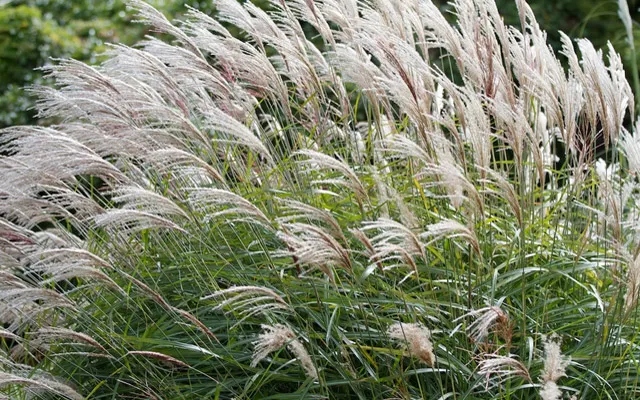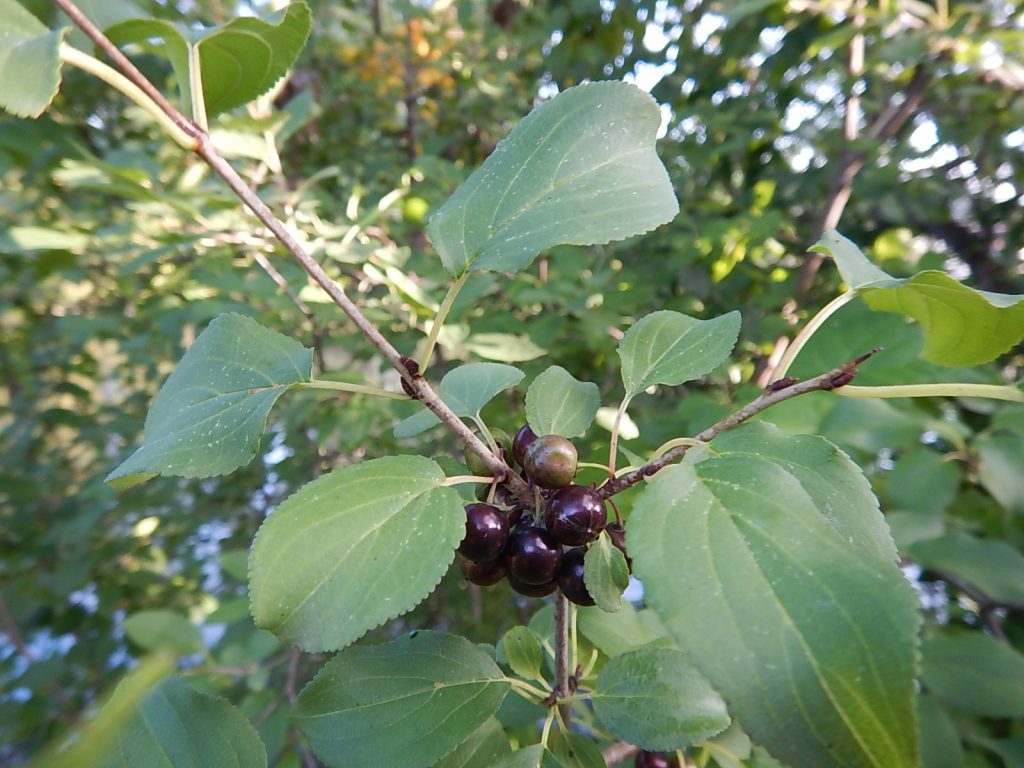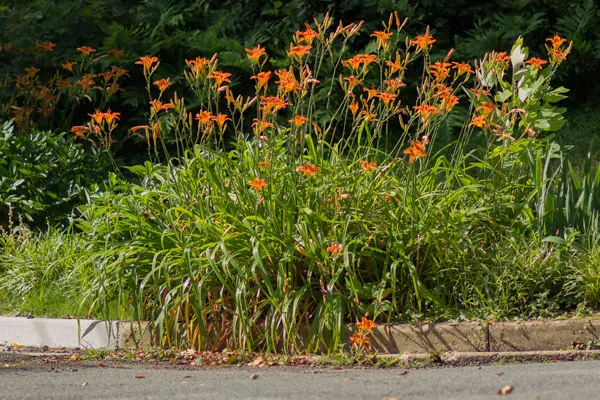Brazilian Elodea
Egeria densa
Brazilian elodea is a submerged perennial that looks similar to american waterweed (Elodea canadensis), a common native aquatic plant. Brazilian elodea has finely-toothed leaves that are bright green, bushy, and are usually arranged in whorls of four around the stem. The plant has round stems that can grow in water up to 20 ft. deep and often branches near the surface. It reproduces via plant fragmentation.


